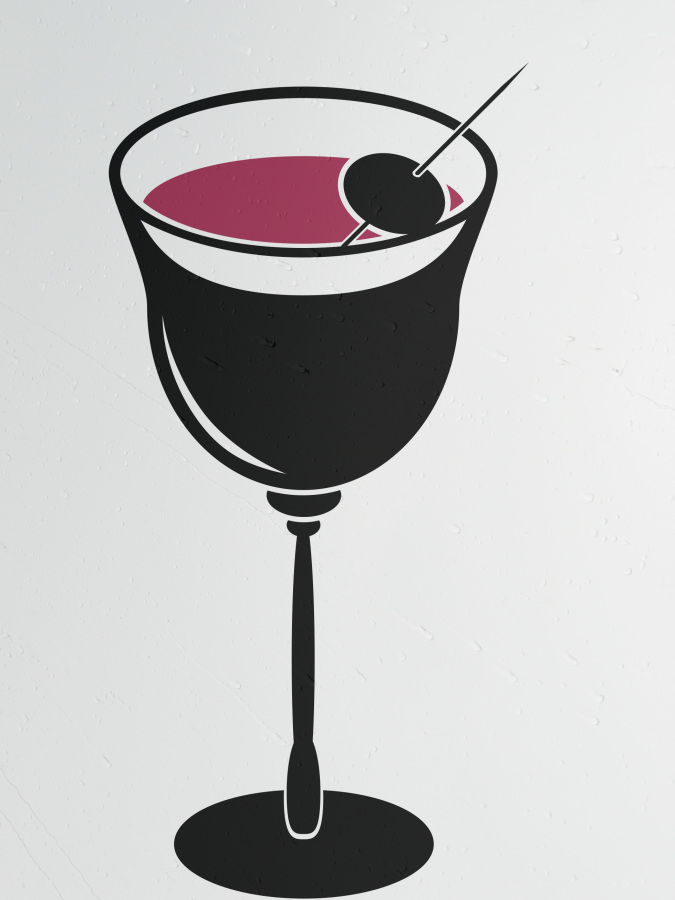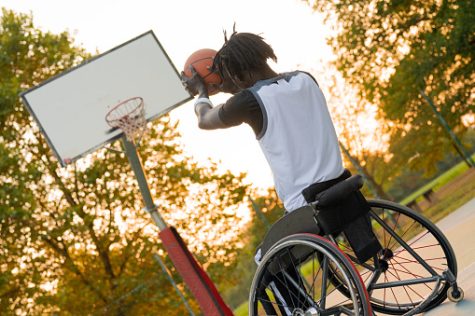Drunkorexia: Alcohol and Eating disorders combined
October 10, 2014
Body image ideals are on a majority of college students’ minds, and these ideal images can affect students in negative ways.
EWU director for health wellness and prevention services, Tricia Hughes, said it is difficult for college students to be happy with their body image when they are looking around and mentally comparing themselves to their peers. Instead, [students] should be talking to each other, because chances are their peers are struggling too.
“We have a lot of students on our campus who are really afraid, and they don’t realize many of the other students are feeling the exact same way that they are,” said Hughes. “They don’t realize that if they looked around the floor in their residence hall that there [are] 10 other women on their floor who have the same insecurities and feelings that they have, and if they could just talk about that in a really real way I think it would help.”
Unfortunately, instead of talking to someone about their insecurities, some students turn to other methods of coping. 30 percent of women between 18 and 23 years of age participate in drunkorexia, according to EWU Counseling and Psychological Services (CAPS) eating disorder specialist, Lauren Cahill.
According to the Journal of American College Health, “Although lacking a systematic definition, drunkorexia is commonly characterized by the following behaviors: skipping meals in order to “save” calories or compensate for increased caloric intake from consumption of alcoholic beverages, excessive exercising in order to compensate for calories consumed from drinking and/or drinking excessive amounts of alcohol in order to become sick and purge previously consumed food.”
Hughes describes drunkorexia as, “When alcoholism meets eating disorder.”
According to Cahill, 72 percent of students who participate in alcohol abuse also show signs of eating disorders.
“30 to 50 percent of people with bulimia nervosa and 12 to 18 percent of people with anorexia have alcohol abuse or alcohol dependency, about 30 percent of college age women admitted to restricting what they eat so they can drink more,” said Cahill.
Many students are unaware of all the factors that lead to eating disorders, alcohol consumption or both, according to Hughes.
“We have two dynamics going on: The first dynamic is this strong pressure to be thin among the young women who are on this campus.” said Hughes. “This is also a time and age group where we begin to see eating disorders really popping up to fit in with that pressure to be thin. Then the other dynamic that we see on a college campus is this increase [of] alcohol consumption.”
Hughes said that many students participate in binge drinking, eating disorders or alcoholism because they were uneducated on those subjects. By simply not knowing the definition of these words, students are blindly participating.
An eating disorder, according to The National Institute of Mental Health, is “an illness that causes serious disturbances to your everyday diet, such as eating extremely small amounts of food or severely overeating. A person with an eating disorder may have started out just eating smaller or larger amounts of food, but at some point, the urge to eat less or more spiraled out of control.”
According to Cahill, alcoholism or alcohol abuse is when two or more conditions are met. These conditions are, drinking more than you intend or over a longer period of time than you intended, spending a large amount of time and activities to gain access to alcohol or use alcohol, strong cravings or urges to use alcohol, or difficulties fulfilling major obligations because of alcohol use.
“The thing that is worrisome about hard alcohol is that many of our students don’t understand what a standard serving size of alcohol is. They’re pouring drinks that, while it’s one drink in one glass, it might be three or four standard serving sizes of hard liquor in that glass,” said Hughes.
Hughes and Cahill both expressed great concern for mixing alcoholism and eating disorders. The consequences of participating in drunkorexia are either unknown or dismissed by students, according to Cahill.
“There can certainly be some negative consequences. [Such as] higher blood alcohol concentrations, which can lead to alcohol poisoning potentially, death if significant enough [and] higher rates of blackouts. If that behavior continues, other severe medical complications [can follow] like liver disease and dementia,” said Cahill. “It is a very dangerous behavior to engage.”
Hughes agrees that this is a dangerous habit. She said while students participating in drunkorexia are restricting the amount of calories they are consuming, they are also replacing nutritional calories, which their body needs, with empty calories.
According to Mirror Mirror Eating Disorders, “People who drink alcohol should not restrict their food consumption during the day. A balanced diet of carbohydrates, protein and fats is essential to help the body function properly.”
One EWU sophomore, who wishes to remain anonymous, said that she has thought about participating in drunkorexia in order to prevent weight gain but still be able to drink. The thought crossed her mind to try it when she was more involved in partying. She said she was drinking a lot more at that time and seeing people drunk a lot was influential.
“Wouldn’t it be so easy? It’s so culturally accepted, people are like ‘Oh, I got so wasted last night, and I threw up everywhere. It was great.’ So you can kinda use that as an excuse to do it to lose weight or do it to feel better about yourself, because it is not abnormal, especially in college,” she said.
She only thought about it once or twice before she came to her senses.
“It’s so unhealthy for you. I didn’t want to hurt myself in that way for something literally so stupid,” she said.
Cahill said when students participate in alcohol consumption there could be an increased appeal of drunkorexia.
“If there are concerns about body image, once you’ve had a lot to drink, your inhibition is down and you have a little bit less self control, so you might be more likely to not make the best choices,” said Cahill. “In addition, if you’ve had that much to drink, [purging] comes from the body on its own and so sometimes people might drink more to elicit that response and purge alcohol.”
Hughes said she does not agree with the image that is being sold by companies, magazines and the media about how people should look.
“Health means so many different things. It is not just being skinny, that’s the least of it actually … We need to expand our definition of wellness to show that it is spiritual and physical and mental,” said Hughes.
Hughes and Cahill would like to remind students that there are many resources at their disposal on campus, such as CAPS, if they should ever want to talk to someone.
“There are ways to enjoy alcohol and enjoy food in moderation and still be able to enjoy life as a college student,” said Cahill.



















